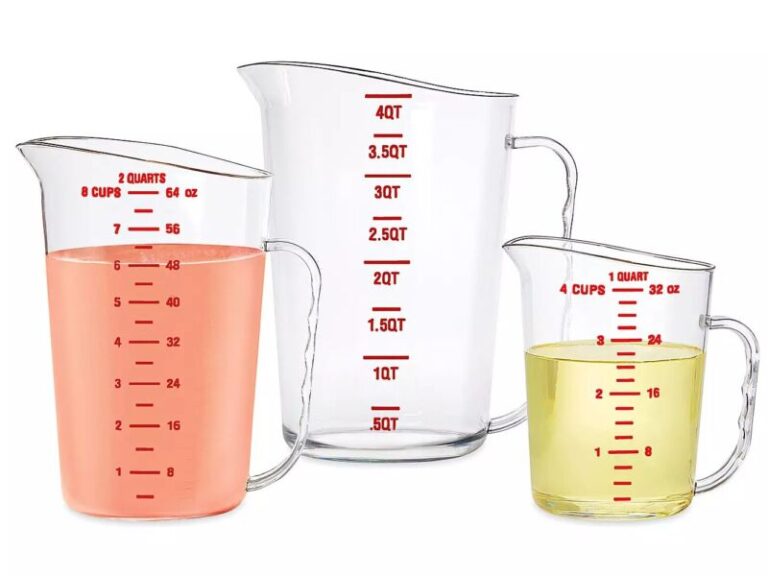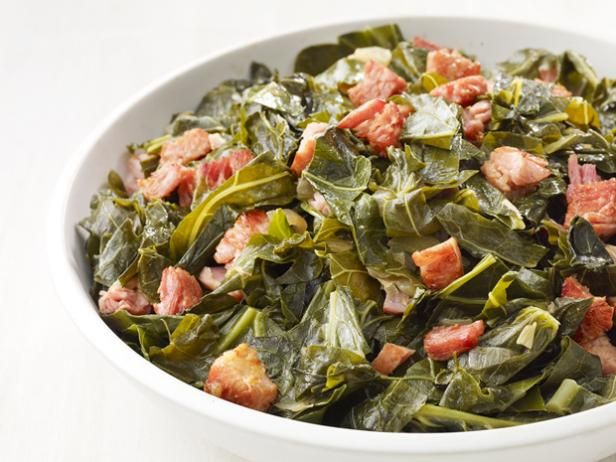Beef Stock Vs. Beef Broth: Exploring the Differences
Beef stock and beef broth are essential ingredients for bringing out the best in our favorite recipes. Despite their varied qualities and culinary uses, many people use these phrases interchangeably.
This article will explain the difference between beef stock vs beef broth, as well as dispel some of the myths surrounding their preparation. If you take the time to learn these subtleties, you’ll be able to take your cooking to the next level.
What is Beef Stock?
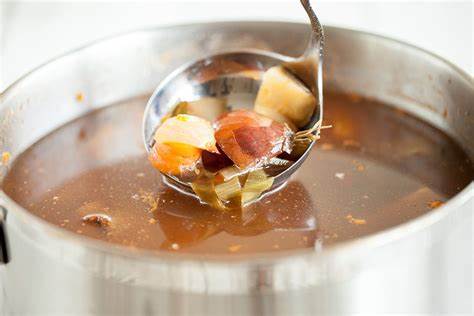
Beef stock is a tasty liquid made by slowly boiling beef bones with aromatics and vegetables. Gelatin is a protein found in animal bones that may be used to give dishes more texture and flavor. Sauces, gravies, and braised meals benefit greatly from beef stock because of its robust taste character.
What is Beef Broth?

In contrast, beef broth is a clear liquid created by boiling beef pieces or trimmings with vegetables and spices to provide a milder beef taste. Used as a basis for soups, stews, and risottos, broth is less concentrated than stock. Beef broth lends a subtle taste that doesn’t overshadow the dish’s other components.
The Difference between Beef Stock and Beef Broth
While both beef stock and beef broth share a common foundation of meat, vegetables, and seasonings, the key distinction lies in the cooking process and ingredients used. Beef stock primarily utilizes bones, resulting in a higher collagen content and a thicker consistency. In contrast, beef broth relies on meat, resulting in a lighter, more subtle flavor and a thinner texture.
How Beef Stock is Made
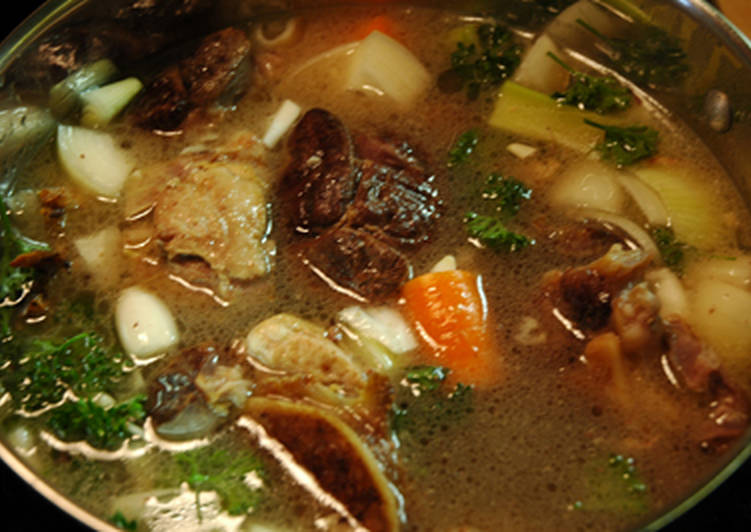
Roasting the beef bones in the oven first brings out their natural flavor and is the first step in making beef stock. The next step is to place the bones in a large stockpot together with aromatic vegetables such as onions, carrots, and celery. Make sure the ingredients are completely immersed by filling the saucepan with water.
Allow the mixture to simmer over low heat for several hours to extract the gelatin from the bones and create a delicious stock. Remove the particles by straining the liquid, and there you have it! You may now enhance your meals with homemade beef stock.
How Beef Broth is Made
The procedure for making beef broth is similar, with a few key distinctions. Use beef pieces or trimmings instead of bones. Add aromatics like onions, garlic, and herbs to the pot after the meat has been seared to bring out its full flavor. Bring it to a boil with water, then decrease the heat to a simmer for a shorter amount of time.
Flavors may be infused into the liquid without as much gelatin being extracted. Once the broth has been strained, it may be used as a flavorful foundation for a wide variety of soups and stews.
Nutritional Differences between Beef Stock and Beef Broth
Beef stock and beef broth have different nutritional profiles and tastes. The collagen included in beef bones gives beef stock further health advantages. Collagen helps keep joints flexible, keeps skin taut, and assists digestion. Even though the meat and vegetables used to make beef broth make it lighter in texture, it still supplies vital nutrients.
Flavor Differences between Beef Stock and Beef Broth
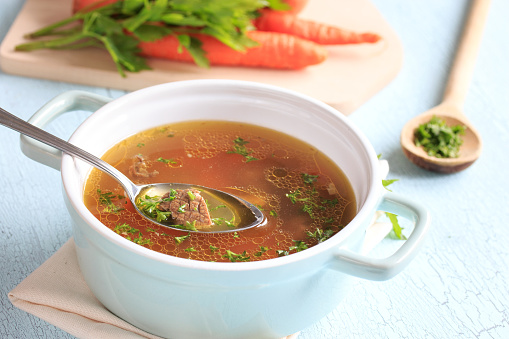
Beef stock and beef broth have quite different tastes. Because of its powerful flavor and savory overtones, beef stock is perfect for meals that call for a thick base. However, beef broth adds a softer, subtler flavor that complements the dish’s other components without overpowering them.
Cooking Differences between Beef Stock and Beef Broth
How to Use Beef Stock in Cooking:
Beef stock is a delicious condiment that can be used to improve many different types of food. It provides a rich flavor foundation for sauces, gravies, and reductions. You may braise meats in it or make substantial stews by simmering meat and vegetables in it. Beef stock’s gelatinous texture makes sauces rich and silky smooth in the tongue.
How to Use Beef Broth in Cooking:
Because of its milder taste, beef broth works well as a background flavor in dishes like soups, stews, and risottos. Use it to flavor your rice or quinoa cooking process. Beef broth is versatile enough to be utilized in a variety of other ways outside only as a soup base.
Common Misconceptions about Beef Stock and Beef Broth
There are several common misunderstandings about beef stock and beef broth that need to be addressed.
The assumption that they are equivalent is widespread. While both may be used to enhance tastes, their differences mean they are best used in different dishes.
There’s also the fallacy that whatever you buy in a shop can replace the effort you put into making it yourself.
However, stocks and broths created at home allow for more creative freedom and greater taste.
Conclusion
The key to elevating your culinary to new heights is learning the difference between beef stock and beef broth. Beef stock is ideal for sauces and braised meals due to its rich, gelatinous consistency and robust flavor, while beef broth’s softer texture and subtler flavor go well with soups and stews.
Including these basics in your cooking will enhance the tastes and make for unforgettable meals. You can do so much more with your cooking once you understand the difference between beef stock and beef broth.



